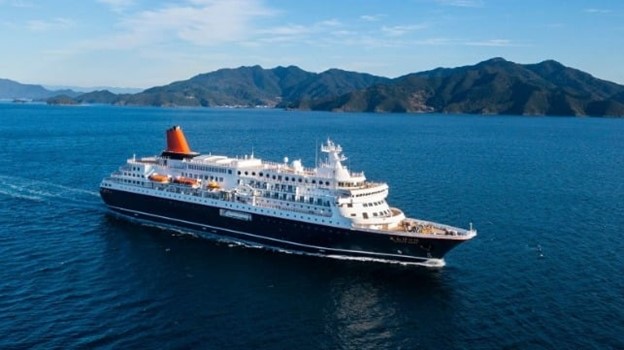As the world continues to grapple with the challenges of climate change, carbon capture technologies have emerged as a promising solution to help reduce carbon emissions. In particular, shipboard carbon capture has gained attention as a potentially effective way to reduce emissions from the shipping industry, which accounts for around 2-3% of global greenhouse gas emissions.
One initiative seeking to advance affordable shipboard carbon capture solutions is the Carbon Capture and Storage Association (CCSA), a UK-based industry group that represents the interests of companies involved in carbon capture and storage (CCS) technology. The CCSA’s Shipboard Carbon Capture Working Group is focused on identifying and promoting the most promising technologies for capturing and storing carbon dioxide (CO2) from ships.
The working group is exploring a range of different carbon capture technologies, including amine-based systems, membrane-based systems, and cryogenic systems. Each technology has its own strengths and weaknesses, and the working group is evaluating each technology based on factors such as cost, efficiency, and scalability.
One promising technology being evaluated by the working group is amine-based carbon capture. This technology involves using a liquid solution of amines to absorb CO2 from the ship’s exhaust gases. The CO2-rich solution is then heated to release the CO2, which can be compressed and stored in a tank on board the ship or transferred to another location for storage. Amine-based carbon capture is already widely used in the power generation industry, and its potential for use in the shipping industry is being explored by companies such as Carbon Clean Solutions and ExxonMobil.
Another technology being explored by the working group is membrane-based carbon capture. This technology uses a membrane to separate CO2 from other gases in the ship’s exhaust stream. The separated CO2 can then be compressed and stored on board the ship or transferred for storage elsewhere. Membrane-based carbon capture is still in the early stages of development, but it has the potential to be more efficient and cost-effective than other carbon capture technologies.
Cryogenic carbon capture is another technology being considered by the working group. This technology involves cooling the ship’s exhaust gases to very low temperatures, which causes the CO2 to condense and separate from the other gases. The separated CO2 can then be compressed and stored on board the ship or transferred for storage elsewhere. Cryogenic carbon capture has been demonstrated on a small scale in the laboratory, but more research is needed to determine its feasibility and cost-effectiveness for use on ships.
Despite the potential of these technologies, there are still significant challenges to be overcome before shipboard carbon capture becomes a widespread reality. One of the biggest challenges is cost. Carbon capture technologies can be expensive to install and operate, and there is currently no clear mechanism for monetizing the captured carbon. In addition, the weight and space requirements of carbon capture systems could impact a ship’s performance and capacity.
To address these challenges, the CCSA’s Shipboard Carbon Capture Working Group is calling for increased investment in research and development of carbon capture technologies, as well as policies and incentives that support the adoption of these technologies by the shipping industry. The working group is also calling for greater collaboration between industry, academia, and government to accelerate the development and deployment of shipboard carbon capture solutions.
While shipboard carbon capture has shown promise as a potential solution to reduce the shipping industry’s carbon emissions, its success will depend on a variety of factors. Technological innovation will be crucial in developing efficient and cost-effective carbon capture systems that can be integrated into existing ship designs without compromising performance or capacity. Policy support and market incentives will also be necessary to encourage widespread adoption of these technologies and create a framework for monetizing the captured carbon.








